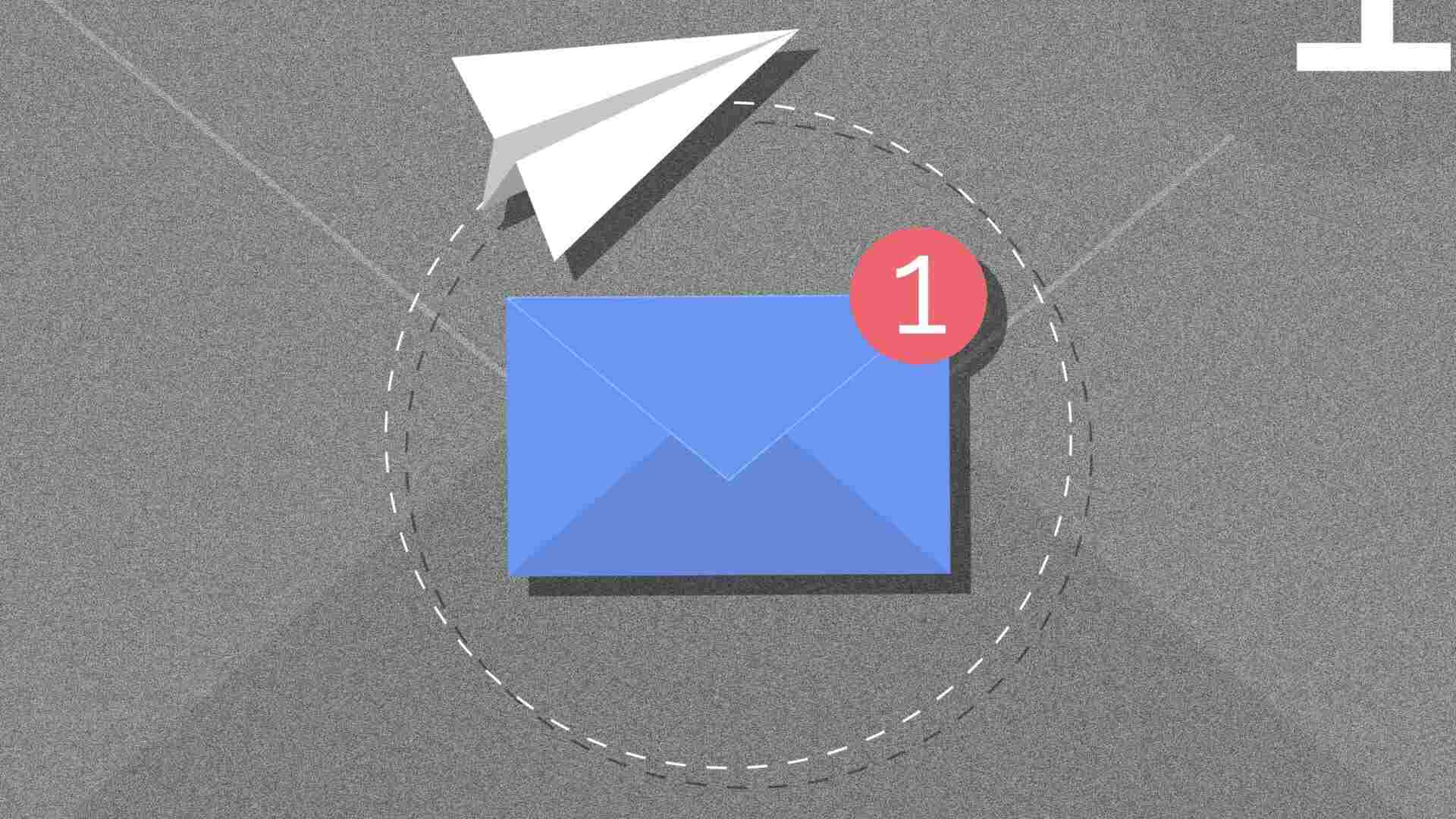- | 8:00 am
How to send a cold email that people actually want to respond to
These five tips can help you improve your email communication skills and ensure that you come across as sincere rather than cold.

It can be difficult to hit the right note when sending a cold email.
For instance, an old colleague who’d been laid off recently reached out to me. Like many cold and even warm emails I’ve received, the generic “hope you’re well” intro made it clear he was sending the same note to others. His email was also lengthy, with two paragraphs detailing his previous role. Plus, it required a second read before I understood that he was asking for advice and an introduction to someone. I agreed to chat and later shared five tips for how he could communicate better over email.
Afterward, I realized these best practices apply not only to those looking for a new job but also to anyone who is trying to grow their network. Since then, I have taught people of all levels of experience, from students to executive leaders I’ve coached, how to send cold emails that are actually effective. Following these five steps myself has also helped me outside of work—and once helped me get into a sold-out event.
No matter your goal, writing a cold email that people respond to is an essential skill that can help in and out of the workplace. So here are five tips for how to send a cold email that people will actually want to respond to:
INTRODUCE YOURSELF THROUGH A UNIQUE MEMORY OR THANK-YOU
In one sentence, remind people how you know them. This could be how you met, a memory of the last time you connected, or how they have impacted you. Make it as unique as possible to show that even if they don’t remember you or have never met you, you remember them and why.
The easiest way to do this is to thank them, even for something as small as an act of generosity. For example, I reached out to a colleague I had met only once by sharing how I never forgot how kind he was when he interviewed me more than a decade ago. It’s likely he had no recollection of our meeting, but sharing how he made an impression on me—and thanking him for it—was now making a new impression on him.
The key here is to be genuine. Steer clear of canned openers or inventing something to catch someone’s attention. By keeping it unique and honest, you’re creating warmth and rapport, which is the first step in building a relationship.
MAKE YOUR ASK EASY TO UNDERSTAND AND SIMPLE TO SAY YES TO
Ensure your ask is clear by keeping it succinct and putting it either in the beginning or end of your email. Avoid burying your most important information in the middle of your email where it’s easier to miss. Highlighting your main request in bold can also be effective.
Next, make your request reasonable and effortless. Even 30 minutes of someone’s time is a lot to ask for. Instead, ask for 15 minutes to chat about a specific question, and make it straightforward to schedule. There’s nothing more frustrating than the draining back-and-forth to agree on a time. Give them a scheduling link through an app like Calendly with your availability, and offer to be flexible.
Lastly, approach asking for something with respect by giving people an easy out. Let them know that you can reach out again if now is not the best time. This will prompt people to respond, even if it’s with a “no” or “not right now,” rather than never replying back.
SHOW YOU’RE HUMAN, NOT JUST A LIST OF CREDENTIALS
Demonstrate to people why they should take time to help you. While many might want to help, people have busy schedules and often can assist only a select few. Showcase why you are worthy of their help by demonstrating your value in two ways—your competence and warmth.
Show your credibility through a short one or two sentences about what you have been up to. These could include your current or most recent role or relevant projects, such as links to your site, a pitch, or your LinkedIn profile.
Then, show that you’re human through your approachability and sincerity. For instance, once when emailing someone who recently wrote a book, I shared a photo of my marked-up copy of their book. Another time, I noticed a funny note on a well-known speaker’s website that said to reach out with “any business inquiries or savory snack recommendations.” So I sent her a P.S. with a link to my new favorite snack (Royce chocolate-covered potato chips). Show that you are not only worth their time but also are a warm individual with a personality.
OFFER CONCRETE HELP IN RETURN
The best way to catch someone’s attention is to be helpful. Even if you’re the one asking for a job or for advice, show that you’re also interested in helping them out in some way.
First, do your research and brainstorm how you can help. Put in the effort to learn about what they have been up to and what they care about. People’s digital footprints tend to be extensive across their social media accounts and their body of work. Read articles or blog posts they have written. Listen to podcasts and presentations they have spoken for.
Then think of ideas that could be useful to them. This could include suggestions that could help their company, an organization they’re part of, or them personally. The offer can be simple, but it needs to be sincere. “What if I don’t have anything useful to offer?” is a typical fear. My response is that everyone can provide something of value.
I have advised students and alums to think about the resources they have access to, such as relationships to their schools. They can broker introductions to professors for potential speaking opportunities. The same can apply to junior employees at companies who can invite guests in for a panel. Even when reaching out about a job, share an idea that might solve a problem for the hiring manager. No matter your level of experience or background, offer something concrete versus saying, “Let me know if I can ever be of help” or offering nothing at all.
FOLLOW UP AND OFFER SOMETHING NEW
Don’t be shy about following up twice or even three times if there’s no response. When I was building the product organization at my last company, I sourced candidates by sending two emails and then politely sending one last third note. This type of “email campaign” was industry standard to reach out to candidates.
Even though this was in the recruiting context, there should be no reason why we can’t apply the same determined mindset when reaching out to people. Too often we take a lack of response as a sign that people are rejecting us. But sending cold, or even warm, emails isn’t like typical human interactions. It’s a soft sales pitch to sell yourself. Approach it as you would if you were a sales development representative or recruiter.
When sending another note, avoid restating that you’re following up. Instead, offer new and helpful information that compels the person to respond to you. This could be going deeper in demonstrating competence or sharing that you did something they asked for.
I once was trying to reach a prominent CEO who had mentioned that she’d appreciate reviews for her new book. I followed up in a second email with a screenshot of my review, both responding to her request and showing that I appreciated her work. Sometimes, it’s persistence that captures someone’s attention. Other times, it’s a gentle reminder to someone who is busy.
A favorite mentor of mine always says, “Every battle is won before it is fought.” In the case of a cold email, the battle is to show the recipient that you provide value to them, even though you’re the one asking for something. Win the battle before you hit “send” by first reflecting on that value and then demonstrating it in your communication. Sending cold emails is never the most comfortable exercise, but keeping these tips in mind can make it easier to get started.







































